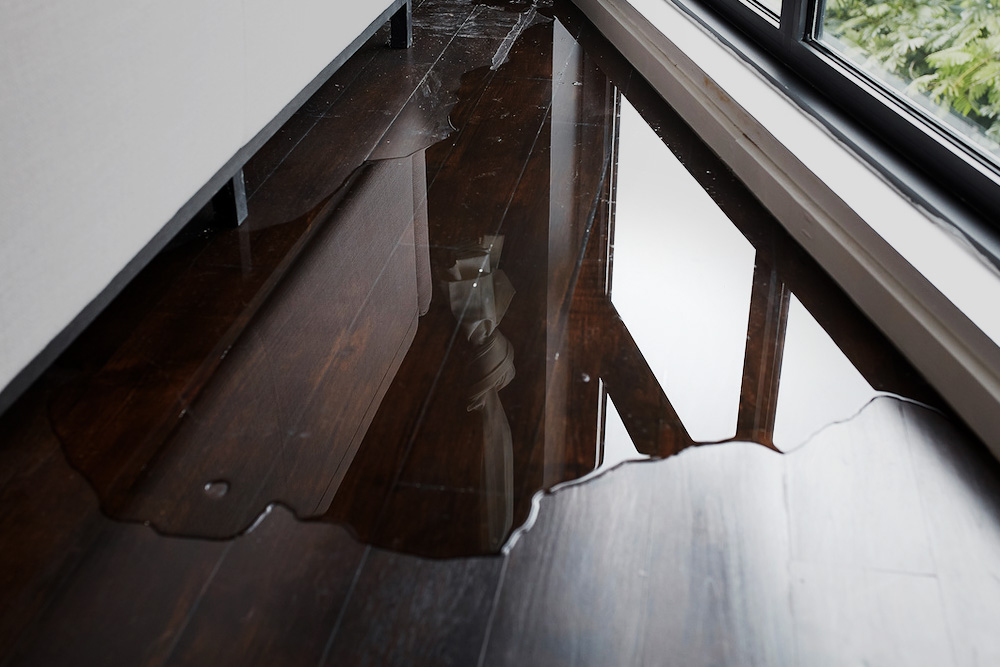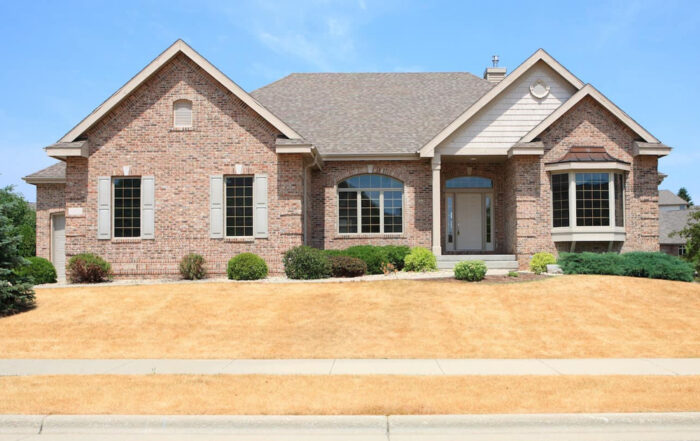Foundation Leak Repair: How to Fix and Prevent a Leaky Foundation

A leaky foundation isn’t just an annoying problem; it’s one that can lead to expensive repairs if left untreated.
But before you start imagining your home turning into a subterranean swimming pool, take a deep breath—foundation leaks are fixable!
In this article, we’ll dive into the world of foundation leak repair, offering tips on how to identify leaks, the various repair methods available, and how to prevent future leaks. Let’s make this fun and easy to understand!
Why Do Foundations Leak?
Before we jump into the solutions, let’s tackle the burning question: why do foundations leak in the first place? There are several reasons, and understanding them will help you know what to look for.
1. Water, Water, Everywhere
The most common culprit is—you guessed it—water. Poor drainage, heavy rainfall, or rising groundwater can all contribute to water seeping into your foundation. If the soil around your home becomes saturated, it can put pressure on your foundation walls, causing cracks that allow water to sneak in.
2. Cracks in the Foundation
Cracks in your foundation are the gateways through which water enters your home. They can form due to natural settling, soil shifting, or even poor construction. Once these cracks appear, they’re like welcome mats for moisture.
3. Poor Grading
If the ground around your home isn’t properly sloped away from the foundation, water will flow toward your house instead of away from it. This creates a perfect environment for foundation leaks, as water will pool against your walls and eventually find a way in.
4. Clogged Gutters and Downspouts
Sometimes, it’s the simple things that lead to big problems. Clogged gutters and downspouts can cause water to overflow and pour directly down your home’s exterior walls, saturating the soil around your foundation and increasing the risk of leaks.
Signs of a Leaking Foundation
Okay, so you suspect a foundation leak. But how can you be sure? Here are some telltale signs that your foundation is leaking.
1. Damp Walls and Floors
If you notice water stains or damp spots on your basement walls or floors, this could be a sign that water is seeping through the foundation. The moisture might not always be obvious, so keep an eye out for musty smells or bubbling paint as well.
2. Mold and Mildew
Mold and mildew love moisture, and a leaky foundation is like a dream home for them. If you spot any dark, fuzzy patches or smell that familiar musty odor, mold may be growing in your basement due to a leak.
3. Cracks in the Walls or Floor
Not all cracks are created equal. Small hairline cracks might not be anything to worry about, but if they’re large, expanding, or accompanied by moisture, they could indicate a leak in your foundation.
4. Puddles or Standing Water
This one’s a no-brainer. If you find puddles or standing water in your basement after a heavy rain, it’s a pretty clear indication that water is getting in somewhere.
How to Repair a Foundation Leak
Now that you’ve identified a leak, it’s time to get to work. Repairing a foundation leak might sound daunting, but with the right approach, you can fix it and keep your home dry.
1. Sealing Cracks
The first step in many foundation leak repairs is sealing the cracks that are allowing water to enter. Here are a few common methods:
-
Epoxy Injection: This involves injecting epoxy or polyurethane foam into the cracks. These materials expand and seal the cracks, creating a waterproof barrier that keeps moisture out. Epoxy is ideal for smaller cracks, while polyurethane foam works well for larger, shifting cracks.
-
Hydraulic Cement: This fast-setting material is perfect for plugging active leaks. Hydraulic cement expands as it cures, filling the crack and stopping water in its tracks.
2. Exterior Waterproofing
If sealing cracks from the inside isn’t enough, it may be time to tackle the problem from the outside. Exterior waterproofing involves digging around the perimeter of your home to apply a waterproof barrier to the foundation walls. This can be a more costly and labor-intensive solution, but it’s incredibly effective at preventing future leaks.
3. Improve Grading and Drainage
One of the simplest and most effective ways to prevent foundation leaks is to ensure proper grading and drainage around your home. Make sure the soil slopes away from your foundation, and keep your gutters and downspouts clear of debris so they can direct water away from the walls.
DIY or Call a Professional?
You might be wondering if foundation leak repair is a DIY project or if you should call in the pros. The answer depends on the severity of the leak and your comfort level with home repairs.
1. DIY Repairs
For minor leaks or small cracks, DIY repairs can be a great option. Products like epoxy injection kits and hydraulic cement are available at most hardware stores, and you can seal small cracks yourself with a little patience and elbow grease.
2. When to Call a Professional
If you’re dealing with larger cracks, significant water damage, or persistent leaks, it’s time to bring in the experts. A professional foundation repair company will have the tools and experience necessary to diagnose the problem and provide a long-term solution.
Preventing Future Foundation Leaks
Once you’ve repaired your foundation, the last thing you want is to deal with leaks again. Here’s how to prevent future leaks and keep your foundation in tip-top shape.
1. Maintain Your Gutters
Keeping your gutters and downspouts clear of debris is one of the easiest ways to prevent foundation leaks. Make sure water is being directed away from your foundation, and consider adding gutter extensions if needed.
2. Check Your Grading
Take a walk around your home and ensure the ground is sloped away from the foundation. If the soil is too flat or sloping toward the house, water will pool around your foundation, increasing the risk of leaks.
3. Install a French Drain
A French drain is a great way to keep water from pooling around your foundation. By installing this simple system, you can divert water away from your home and reduce the pressure on your foundation walls.
4. Monitor for Cracks
Keep an eye on your foundation for any new cracks that might appear. It’s normal for homes to settle over time, but if you spot any significant cracks, address them right away to prevent leaks.
Wrapping It Up: Stay Dry and Leak-Free!
Foundation leaks might seem like a nightmare, but with the right approach, they’re entirely manageable. Whether you’re sealing cracks yourself or calling in a professional for more extensive repairs, the key is to act quickly and prevent water from wreaking havoc on your home.
By taking care of your foundation, you’ll not only protect your home from water damage, but also save yourself from costly repairs down the line. So, stay dry, keep your gutters clear, and give your foundation the love and care it deserves!
Remember, your foundation is literally the foundation of your home—keep it strong, and you’ll have one less thing to worry about.



